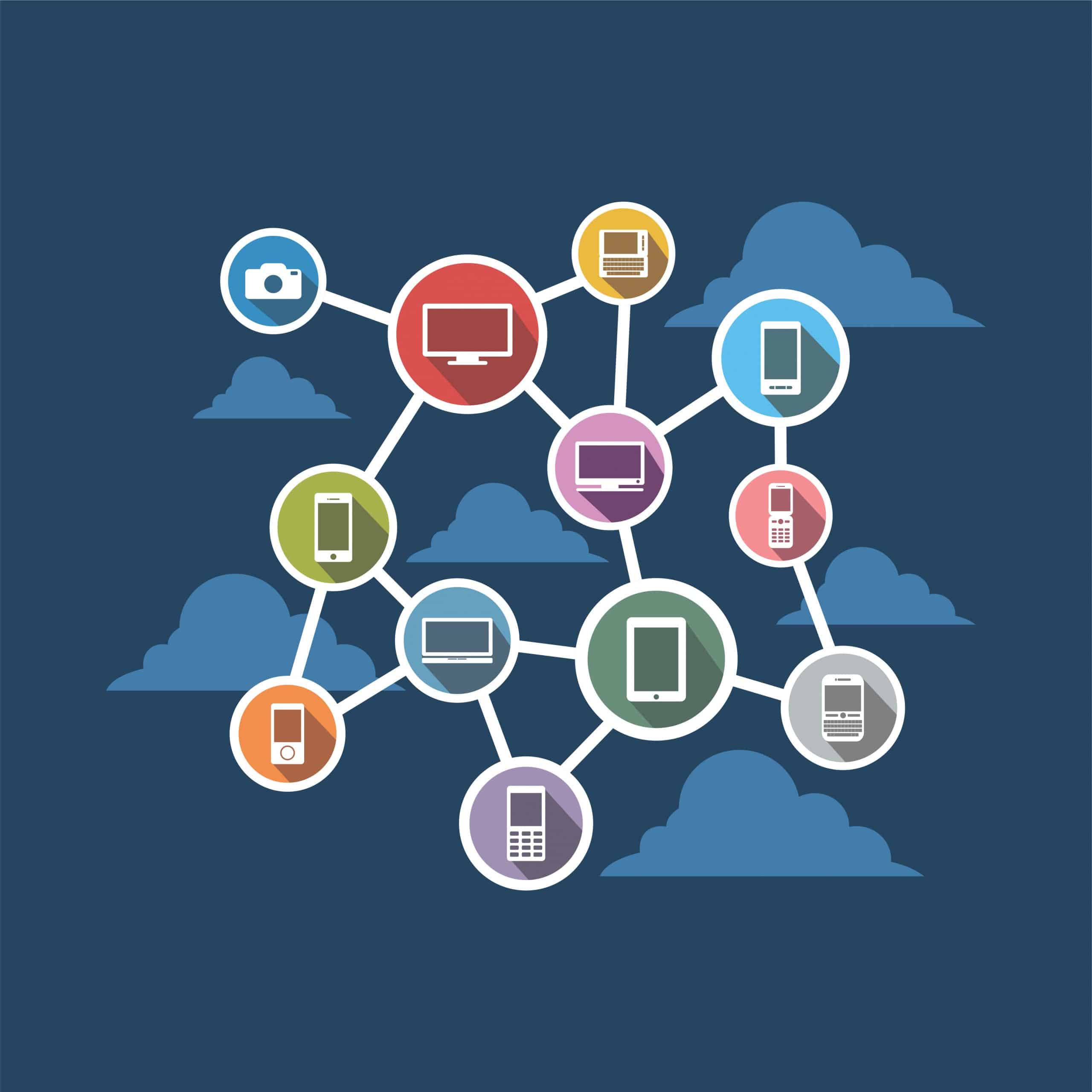The Basics of Distributed Systems for Developers

A distributed system is a software system in which components are located on different computers, connected by a network. This allows for greater scalability, flexibility, and reliability than a system in which all components are located on a single computer.

However, distributed systems can also be more complex to design and develop than centralized systems. Developers need to be aware of the unique challenges and opportunities that come with designing and developing distributed systems.

Challenges of Developing Distributed Systems
- Network Latency: The time it takes for data to travel between computers can be a significant factor in the performance of a distributed system. Developers need to be aware of the potential for network latency and design their systems accordingly.
- Concurrency: When multiple components of a distributed system are running at the same time, they may need to access the same shared resources. This can lead to race conditions and other concurrency issues. Developers need to use techniques such as locking and synchronization to ensure that the system behaves correctly in the presence of concurrency.
- Fault Tolerance: Components of a distributed system can fail at any time. Developers need to design their systems to be fault-tolerant, so that they can continue to operate even if some components fail.
- Security: Distributed systems are often exposed to a wider range of security threats than centralized systems. Developers need to take steps to secure their systems against unauthorized access, data breaches, and other security risks.
Benefits of Developing Distributed Systems
- Scalability: Distributed systems can be scaled to handle a large number of users and transactions. This makes them ideal for applications that need to handle a high volume of traffic.
- Flexibility: Distributed systems can be easily reconfigured to meet changing needs. This makes them ideal for applications that need to be able to adapt to changing circumstances.
- Reliability: Distributed systems are more reliable than centralized systems because they are not dependent on a single point of failure. If one component of a distributed system fails, the other components can continue to operate.
Conclusion
Distributed systems offer a number of benefits for developers, but they also come with a number of challenges. Developers who are aware of these challenges and who take steps to address them can develop distributed systems that are scalable, flexible, and reliable.## The Basics Of Distributed Systems For Developers
Executive Summary
Distributed Systems are a complex topic, often associated with large-scale applications like Google or Amazon. However, they can benefit even small-scale applications. They provide reliability, scalability, and performance that can be difficult to achieve with traditional monolithic systems. This article will provide developers with a basic understanding of Distributed Systems, covering key concepts and benefits.
Introduction
A Distributed System is a collection of independent computers that work together to achieve a common goal. These computers are connected by a network and can communicate with each other to share data and resources. Distributed Systems are often used in large-scale applications, such as cloud computing, e-commerce, and social networking, but can also be used in small-scale applications to improve performance and reliability.
Key Concepts
1. Scalability: Distributed Systems are designed to scale easily. As the demand increases, more computers can be added to the system to handle the increased load.
2. Reliability: Distributed Systems provide improved reliability by replicating data and services across multiple computers. If one computer fails, the other computers can continue to operate, ensuring that the system remains available.
3. Availability: A Distributed System is always available because of its inherent redundancy. If one part of the system goes down, other parts of the system can take over.
4. Performance: A Distributed System can improve performance by distributing the workload across multiple computers. This allows each computer to focus on a specific task, which can improve the overall efficiency of the system.
5. Resilience: Distributed Systems are designed to be resilient and can withstand failures. If one computer fails, the system can reconfigure itself and continue to operate.
Benefits
1. Reliability: Distributed Systems provide a high degree of reliability because they are not dependent on a single computer. If one component fails, other components can take over its workload, ensuring that the system remains operational.
2. Scalability: Scalability is another key benefit of Distributed Systems. They can be easily expanded as the workload increases, which makes them ideal for large-scale applications.
3. Performance: Performance is another important benefit of Distributed Systems. By distributing the workload across multiple computers, they can achieve a higher level of performance than a monolithic system.
4. Availability: Distributed Systems provide high availability because data and services are replicated across multiple computers. This means high availability even if one computer goes down.
5. Extensibility: A Distributed System is easy to extend and modify. It is often possible to add or remove modules with wildly varying functions without disrupting the entire system.
Conclusion
Distributed Systems offer a number of benefits over traditional monolithic systems, including reliability, scalability, and performance. However, it is important to consider the disadvantages such as increased complexity, cost, and security risks. Despite these challenges, Distributed Systems can be a valuable tool for developers who understand their strengths and weaknesses.
Keywords
- Distributed Systems
- Reliability
- Scalability
- Performance
- Availability
FAQs
1. What is the difference between a Distributed System and a monolithic system?
- A Distributed System is a collection of independent computers that work together, while a monolithic system is a single computer that runs all the code.
2. What are the benefits of a Distributed System?
- The benefits of a Distributed System includes high reliability, scalability, performance, availability, and extensibility.
3. What are the disadvantages of a Distributed System?
- The disadvantages of Distributed Systems include increased complexity, cost, and security risks.
4. What are some examples of applications that use Distributed Systems?
- Some applications that use Distributed Systems include cloud computing, Internet of Things, and social networking.
5. How do I learn more about Distributed Systems?
- There is a large amount of information available to learn about Distributed Systems online, including books, tutorials, and articles.
